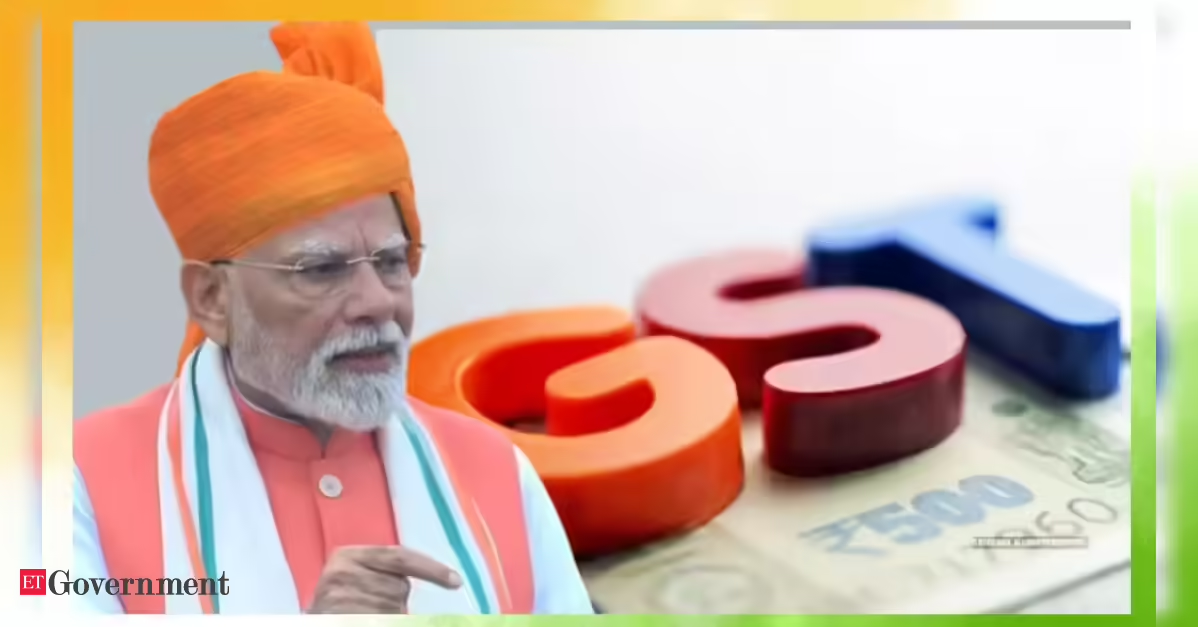Submitted by admin on August 22nd, 2025

Goods and Services Tax (GST) has been one of key reforms in tax in the system of India, which has simplified the taxes on indirect taxes that created a one-market. With the government thinking of new reforms under GST, many economists are of the view that these reforms will help it tame inflation and possibly enabling the Reserve Bank of India (RBI) to reduce its interest rates in the near future.
It is also reported that, the government is reviewing the tax rates of essential goods and services so that costs of the consumers can be reduced. Rationalisation of GST slabs, bringing down taxes on items that households consume frequently, as well as providing clarity on input tax credit can ease production costs. When tax levels imposed on industries are dropped, this is transferred to the customers as lower prices. This may assist in checking inflationary forces, particularly those related to food, fuel, and those that have direct impact on household expenditure.
In recent years, high inflation has been a main challenge to Indian economy. Inflation is closely monitored by the RBI which maintains comparatively high interest rates in order to curb inflation. When inflation is persistent the central bank is reluctant to reduce its rates since they may encourage further rise in prices. In the event of success, lowering costs and bringing inflation back to a level of about 4% as envisaged by the RBI through the GST reforms, the central bank will have greater freedom to move towards a relaxed monetary policy. This implies that interest rates will be reduced in the nearest future which is to the benefit of borrowers and businesses.
A reduction of GST lower rates and simplification of taxation systems would increase consumer spending as people will have increased disposable income. A slight decrease in GST will make a big difference to the industries like automobiles, electronics and FMCG industries among others in sales volumes. Over time, this multiplier effect can support overall economic growth.
While experts are optimistic, they also advise caution. Inflation in India is not driven only by taxes but also by supply-side factors like weather, global oil prices, and logistics costs. GST reforms alone cannot solve the inflation puzzle, but they can definitely provide relief. Economists also believe that rate cuts by RBI will depend on a consistent trend of declining inflation, not just short-term gains.
Proposed GST reforms come at a crucial time for India’s economy. By reducing costs and easing inflation, they could give the RBI the confidence to cut rates, boosting credit growth and supporting overall economic activity. While challenges remain, the alignment of tax policy and monetary policy could set the stage for sustainable growth with stable prices.